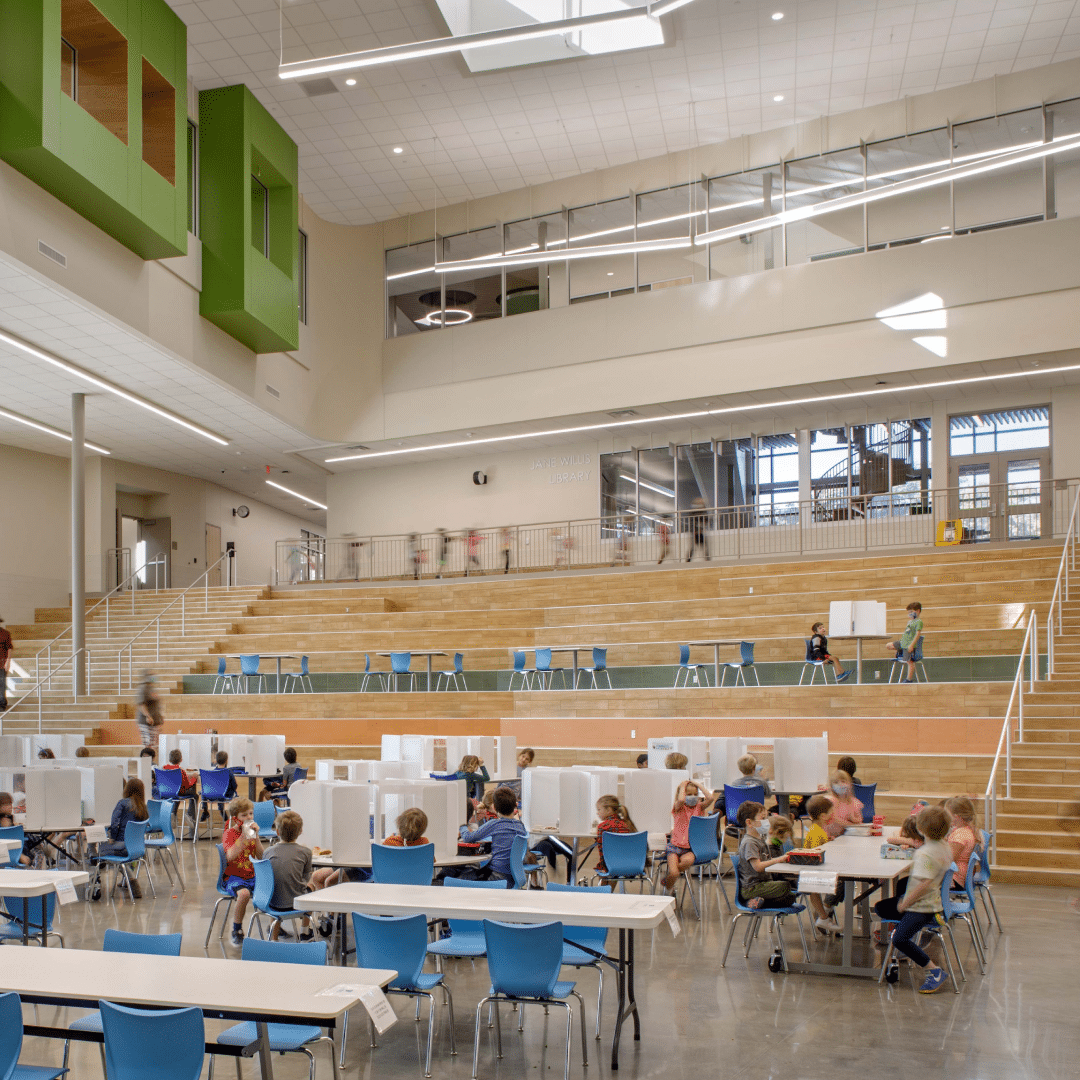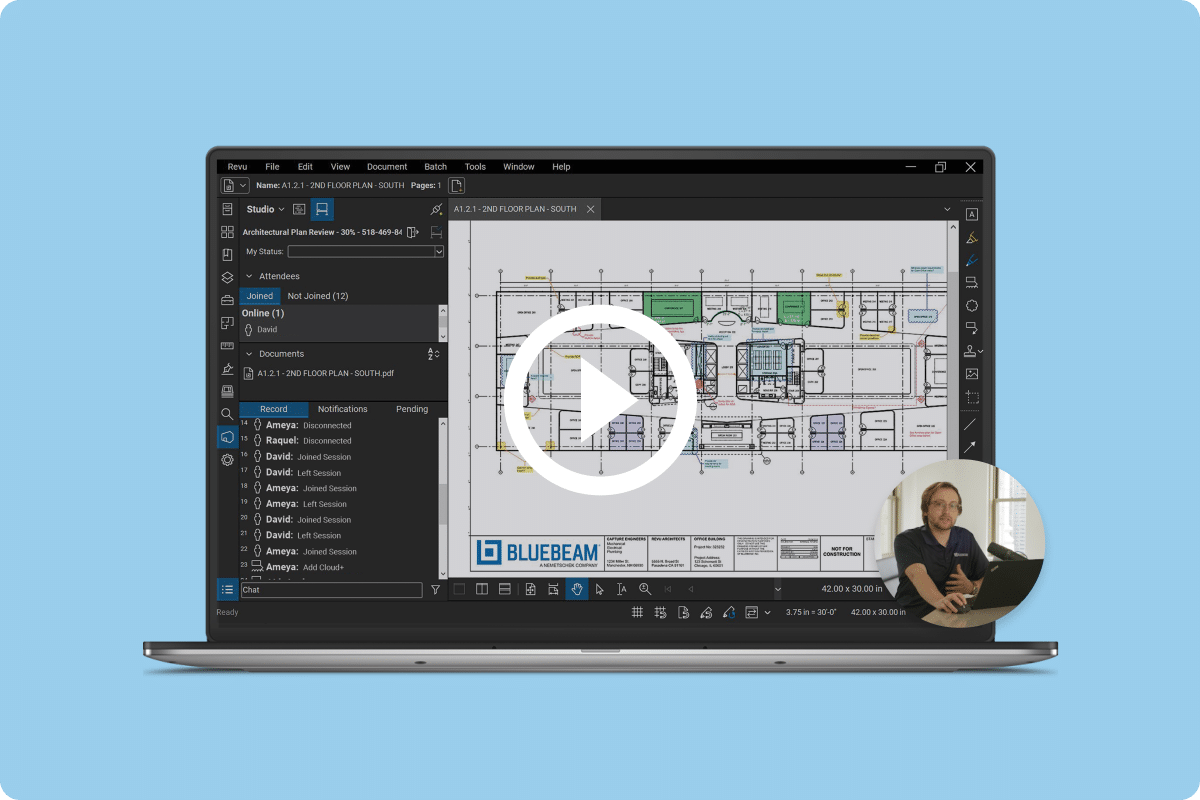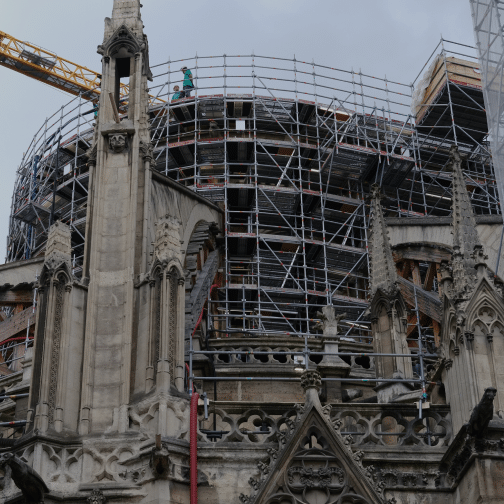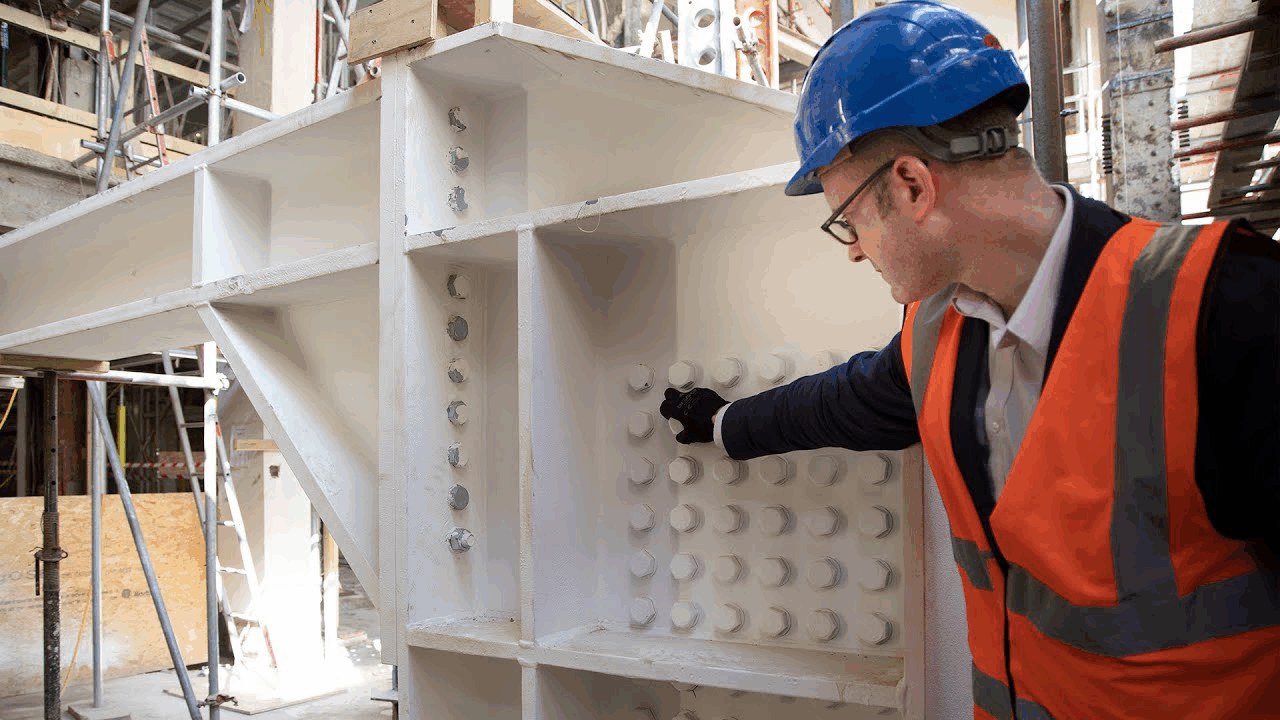
Forcia, Ltd. is a leader when it comes to refurbishment projects in the UK, especially in London, where the historically rich city has some stringent construction laws. A decade ago, Forcia realized that in order to do their best work in buildings that can be hundreds of years old, they’d need a very modern solution. They turned to Bluebeam Revu, the industry-leading PDF markup and collaboration solution, and have become adept at performing takeoffs, RFIs, overlays, snapshots and document reviews in the software. Since we last spoke with Terry Crawford, Forcia’s construction director, the company has adopted Revu across the entire organization: “It’s basically set up on every desktop, on every side computer, so it’s fully immersed within our business,” Crawford said. “We’re starting to see the power of it coming back to us from the design teams, the client’s side.”
Crawford is convinced that Revu has helped Forcia elevate their game. The firm has impressed clients with their efficiency and complex problem-solving. “Our clients do not realize that it is not a coincidence that we can run our projects as well as we do—and I believe that Revu is very much a partner in that process,” said Crawford.
And though they’ve tackled projects ranging from refurbishments in the storied British Museum to construction in Royal Albert Hall, their latest endeavor, a renovation to a historic arcade near Piccadilly Circus, proved to be one of the most challenging.

A 200-ton problem
The project in question, in London’s West End, called for a refurbishment of a historically significant stonework building that housed an upscale shopping arcade. The building was supported, in part, by a 200-ton capacity column in the center of the entrance. The owners felt that the column obstructed the view of the interior and dissuaded potential shoppers from strolling through the retail area. Adding to the challenge was the fact that the building would remain occupied throughout the renovations, including the eight stories of office space sitting above the column.
Director at Civic Engineers Gareth Atkinson, who has worked together with Forcia on a range of past projects as well as the Piccadilly Circus arcade, prides himself on “working with existing buildings or new complex structures which are going to test my structural engineering abilities to the limits.” Atkinson worked very closely with Forcia to develop an engineering solution that would realize the client’s brief.
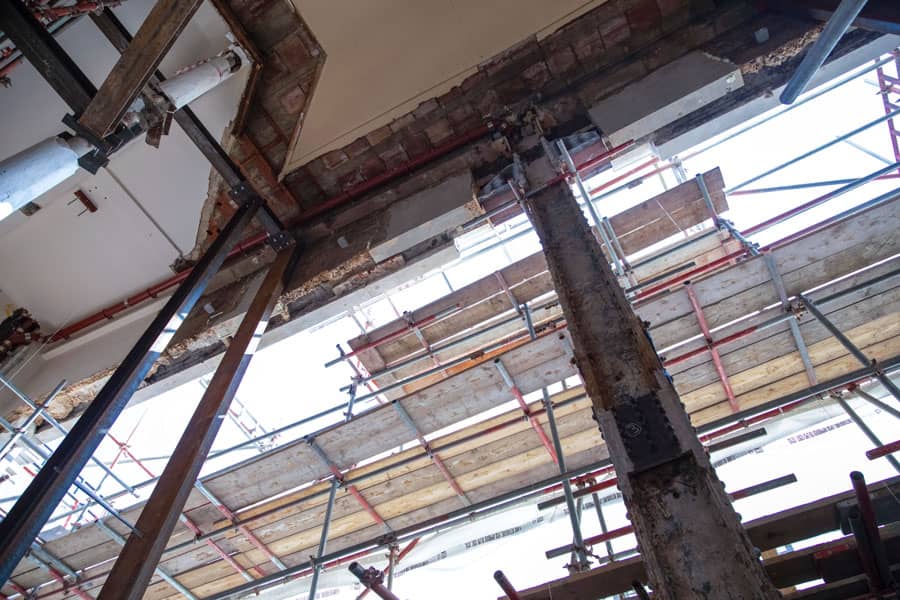
Using technology to iterate
The first task was simply to find out if the owner’s vision was even possible. Because the column was load bearing and not purely ornamental, Forcia had to figure out if they could replace the column’s function using a structural addition.
Crawford and Atkinson used Revu to conceive and trade plans back and forth, both internally and with the client. They iterated, calculated and reconceived countless times over the life of the project, but each time their approach came closer to the ultimate solution. And the mode of exchange was always Revu; it allowed them to be creative in tackling the problems they faced. “You need something to be able to collaborate, to figure out, ‘Well, what are the challenges at hand?’” said Crawford. In addition, the markup capabilities ensured that anything they could conceive of could be adequately represented on the drawings.
For Nic Roccia, an architect who works alongside Crawford at the firm, it’s tools like snapshot that make the editing process so easy, giving him the ability to “quickly manipulate drawings.” He can instantly highlight an area he wants to emphasize and remove extraneous information. This makes it clear to his design partners what to focus on. And for Atkinson, the engineer, one of his favorite features of Revu is overlay, which allows the team “to bring drawings from different disciplines and overlay them all on top of one another, which then helps us understand what the bigger picture of the project is.”
After years of brainstorming, iterating and communicating with the owners, Crawford and his team finally hit upon a solution: they could remove the column, transferring the load to a very large piece of steel, which they’d run crosswise over the opening to the arcade. However, they’d have to do all this while keeping disturbances to the tenants occupying the building at a very minimum. The level of coordination Revu allows for made them think it might just be feasible. But still, they’d need buy-in all around.

Complexity requires clear communication
In working on a project of such complexity, Crawford said, you need to be able to present your solutions to a large crew, many of whom are not trained engineers. “It’s important to have a very useful piece of kit to make that explanation as simple as possible, because you have to get the buy-in of many parties. Both technical and commercial, right through to the top of the client tree.”
3D PDFs have been particularly helpful in sharing a vision with owners. “It’s very useful for people to visualize quickly who are not involved in the technical element of it, but still need to get their full buy-in or give their full buy-in into the solution.” 3D PDFs bring projects to life, and instead of a lengthy email or conversation about what something will look like when it’s done, sharing a 3D image is worth a thousand words.
At Forcia, Crawford noted, Revu has “been used in many ways, obviously from the simple to the more complex, and we see it as very important in getting the understanding that we want in order to go and sell and to win work and obviously to deliver work. I think that comes down to coordination and collaboration.” Atkinson agreed: “I think the software really enables engineers, architects and contractors to collaborate much easier… it facilitates the engineers, architects, contractors, from the guy on-site to the estimator in the office or the person who’s helping to devise the temporary work schemes using PDFs, which is critical because it’s much easier to use.”
As Roccia put it, Revu saves a lot of time internally and externally—in other words, between Roccia and his construction partners at the firm, and with outside partners who are brought in on projects—or even with owners. “It just saves a lot of backwards and forwards, toing and froing and there’s clarity between the information that you’re trying to put across.” It was that clarity that convinced the owners that the solution Forcia proposed was the correct one. And that clear, crisp and “open” communication by way of Revu—after all, the software is dedicated to conveying an incredibly rich set of data through the PDF file format—was crucial to achieving buy-in.
No room for error
With the arcade project, Revu allowed the engineers to make sure they’d covered everything. “Things can get missed within a project,” said Atkinson. “Being able to collaboratively use a piece of software to help communicate many different facts of the design. Implementing Revu into the design process reduces the risk of errors or things not being picked up within the design process.”
And because the building remained occupied throughout construction, room for error was razor-thin. Not only did Forcia want to avoid rework, but any errors in redistributing the weight from such a massive load-bearing column could have had disastrous consequences. “Revu has definitely contributed to success at the arcade. Being able to use it quickly and efficiently between ourselves and Forcia has meant that we’ve been able to establish quite quickly what the engineering issues were on the project and be able to devise solutions quickly,” added Atkinson. The project took a little over 12 months to complete after the thorough planning and procurement phase. The re-imagined arcade is sure to please London strollers and shoppers for many more years to come. And as Crawford envisions it, this kind of success is emblematic of how technology will keep moving the design and construction industry forward: “There’s a real opportunity to have Revu help push our industry on to what we know it can achieve. We need more collaboration. And that’s something that we’re really going to try to push forward in our mantra.”
